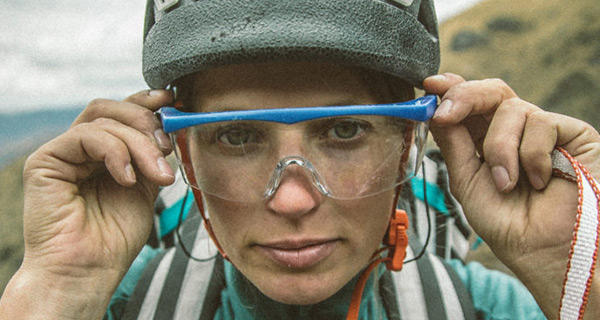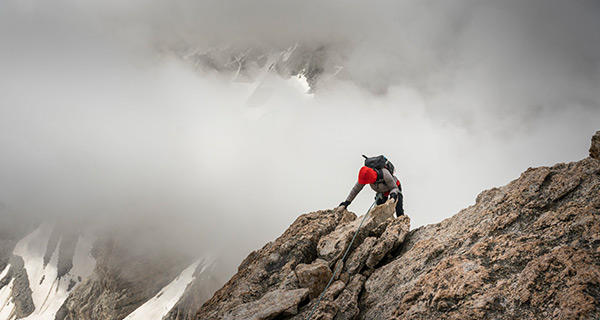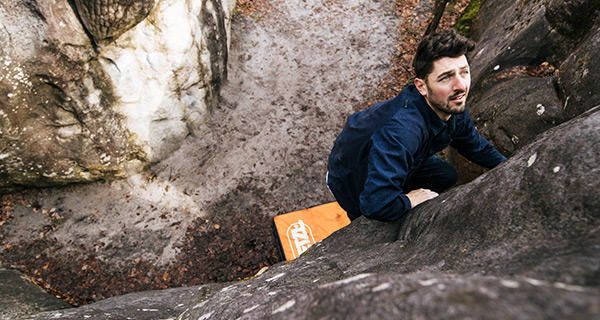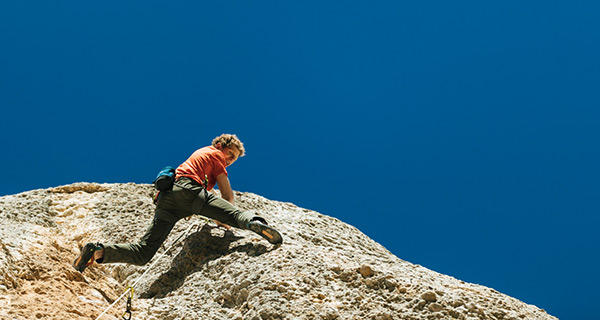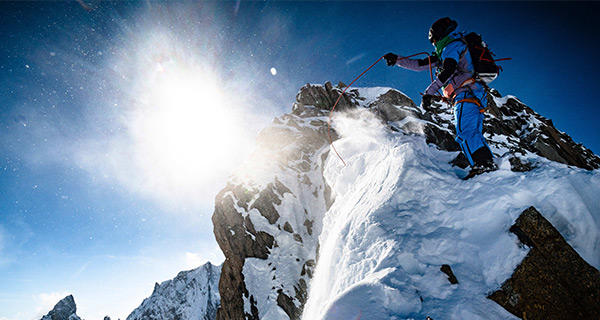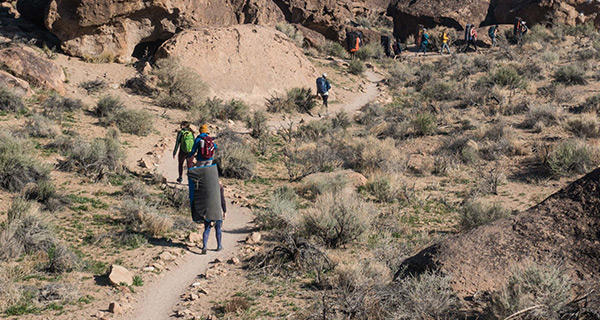Discovery in the Andes: Dream Wall
July 10, 2020
Exposed in the Needles
July 8, 2020
Tested on the Grand
June 15, 2020
The Circuits of Fontainebleau
April 3, 2020
Era Vella
April 1, 2020
Climbing and Creating
March 31, 2020
Same Eyes, New Mountain
March 29, 2020
Moonlight Buttress
March 25, 2020
